18 February 2024
Published: 18 February 2024
Harvard India Conference
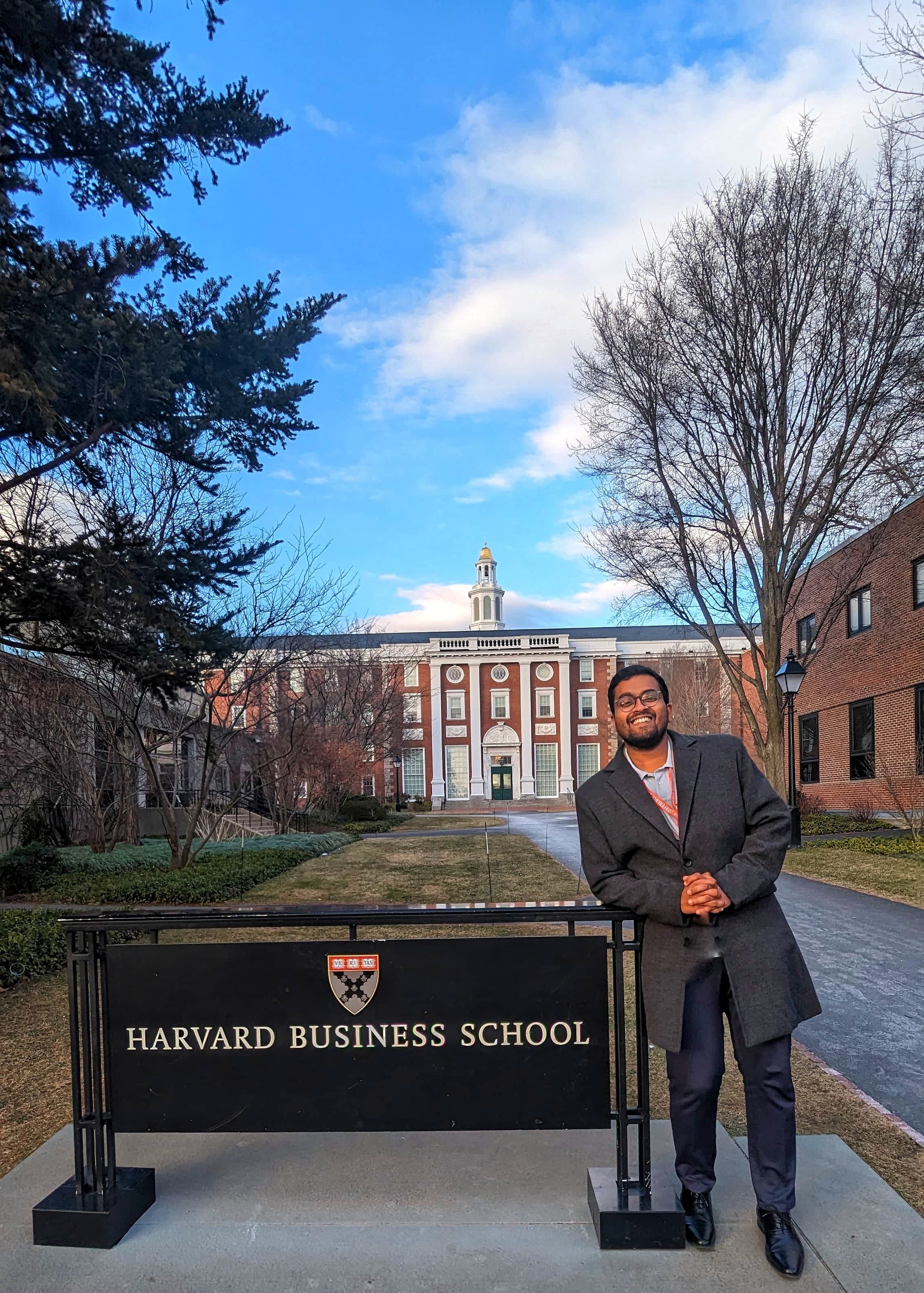
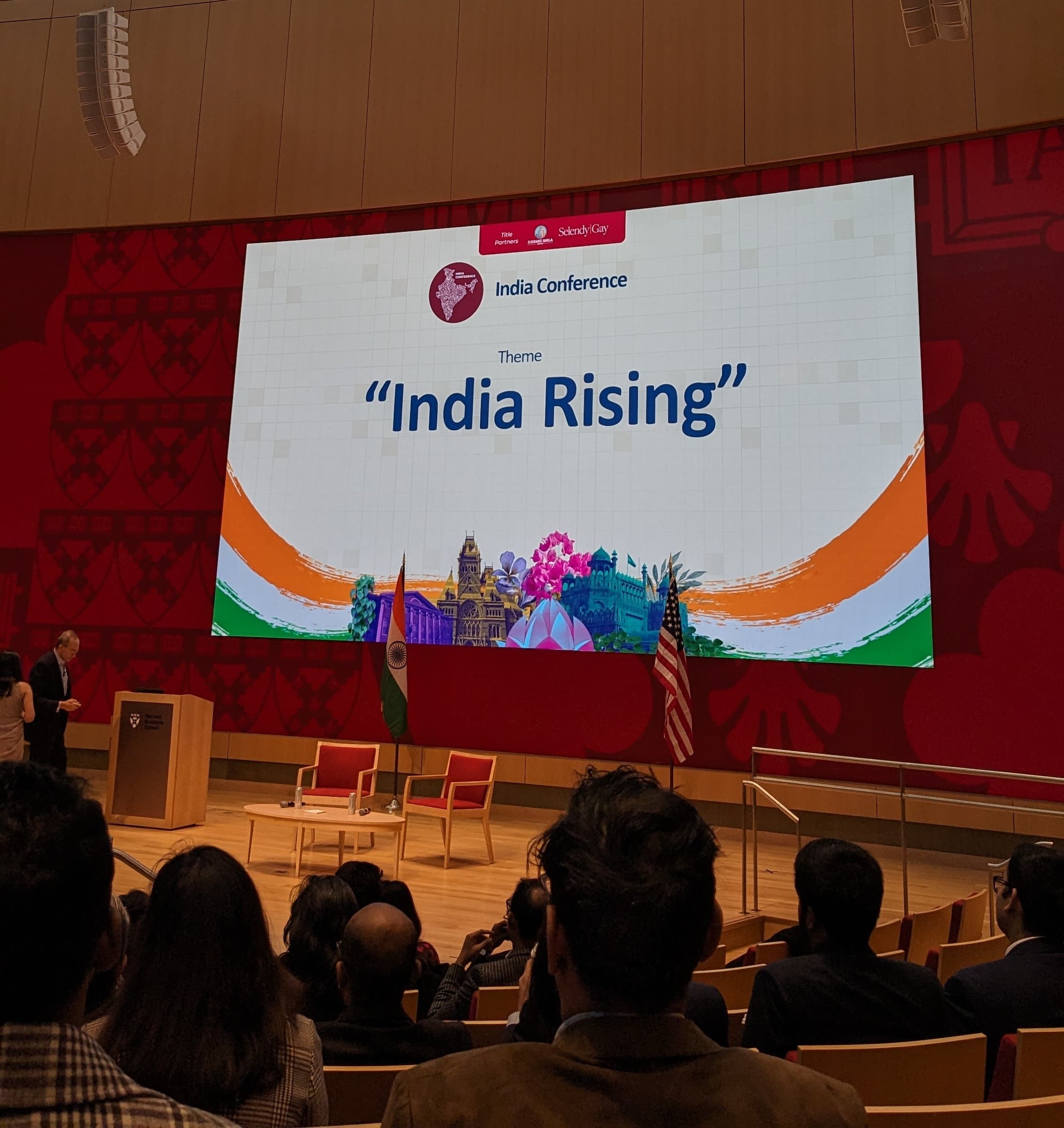
India’s Securities Market
Madhabi Puri Buch, Chairperson, SEBI
- India is the only country where two exchanges that have a duopoly have to have a seamless handoff flows to the other if they themselves go down.
- The current cost of servicing a retail investor is $7, we are reducing it to $3 so that every investor can be a part of the market.
- In India corporates pay ‘advance tax’. I use advance tax as an indicator of progress since it is a voluntary indicator by businesses.
- While SEC’s mandate is only compliance, SEBI’s charter is three-fold:
- Promote transparency - Compliance and regulation
- Enhance awareness - Investor education
- Market development
- For investor education we have stopped workshops and on-ground education and moved to timely education such as when you try to trade on margin.
- Indian markets are much more ‘promoter’ driven:
- These cause a lot more related party transactions which cause public discussions.
- If these related party transactions cross a threshold, companies need to seek the approval of the majority of the minority.
- 3% of India takes part in the market, while that is ~60% in the US. India’s VIX (volatility) is however still a lot lesser than the MSCI’s US and world indices, thus we are not currently concerned about volatility risk as investor participation increases.
- SEBI is exploring the development of a social stock exchange. This includes:
- At present, the social-development sector in India receives funding through multiple sources spanning corporate social responsibility (CSR), philanthropy, government funding and retail charity. An SSE would attempt to bring coherence across to diverse platforms with uniform frameworks of funding, utilization, impact-creation, measurement, disclosures, and reporting.
- Zero Coupon Zero Principal bonds that do not offer financial returns to the investor but come with the promise of a social return.
- Mutual funds where the returns fund activities of social organizations, while the principal is potentially redeemable.
India’s Economic Trajectory
Indermit Gill, Chief Economist, World Bank
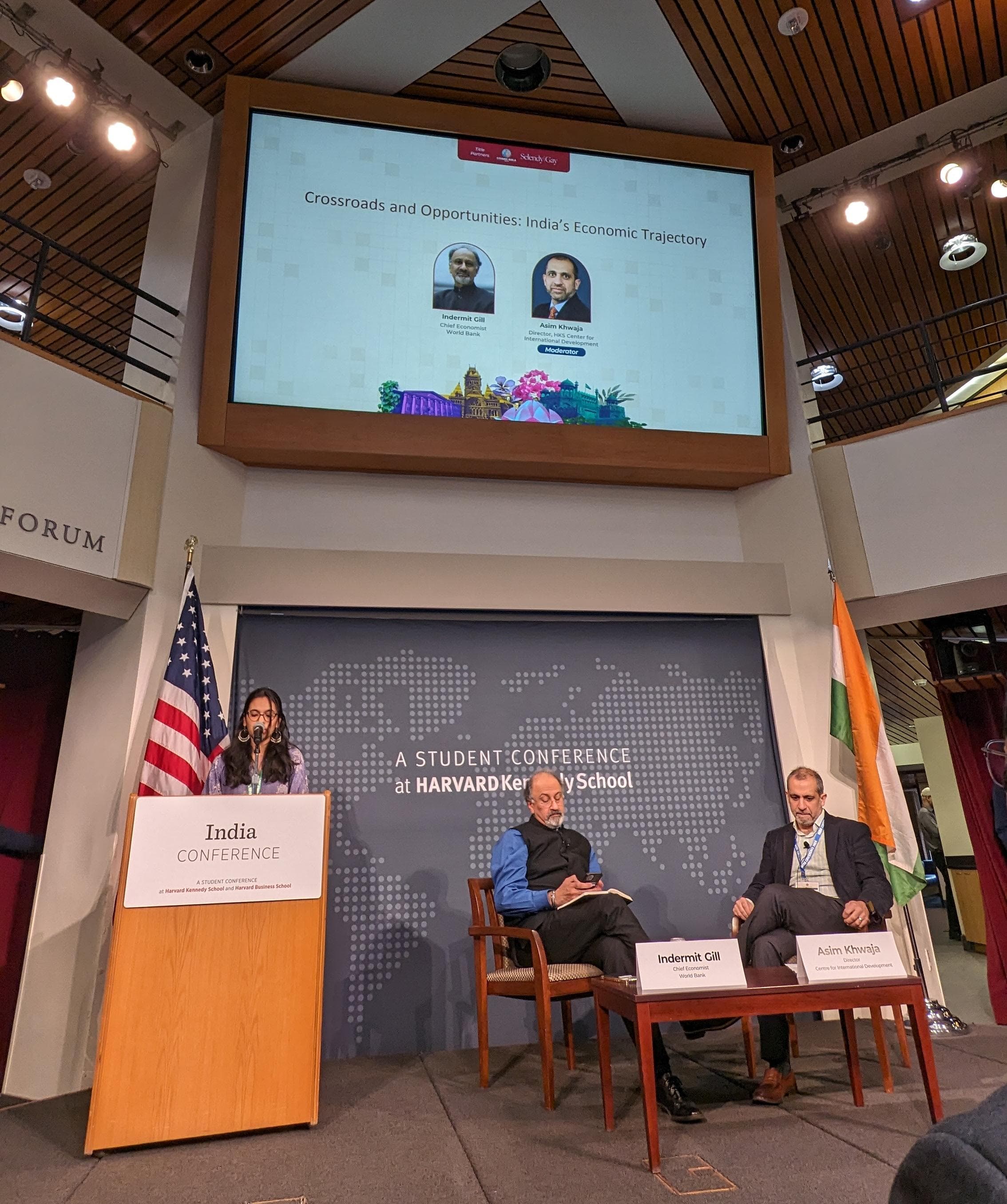
- GDP is a number the world and investors care about, but as Indians you should care about per capita income.
- India’s PPP adjusted per capita income is ~8K while US is $76K, China is $21K, and Brazil is $17K.
- The fundamental drivers of growth are the growth of inputs of the factors of production (labor and capital) and technological progress. Technological progress that can also be thought of as efficiency or productivity is the most important of the three.
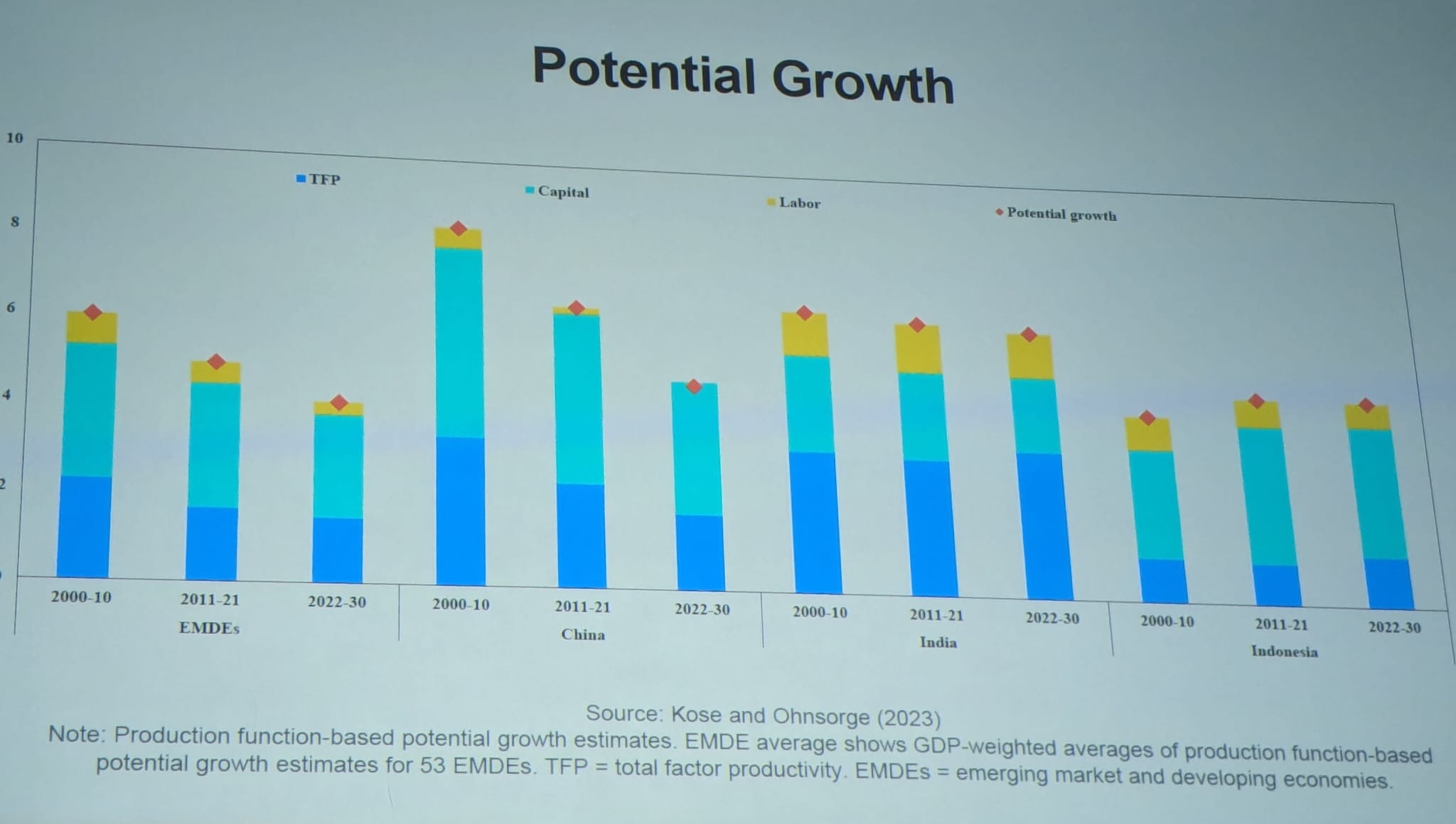
- China threw money at growth, which leads to growth but is not necessarily successful.
- Half of India’s growth comes from productivity which is great.
- The correlation between India’s growth spurt and the first time there was a serious political opposition (from Vajpayee) is no coincidence.
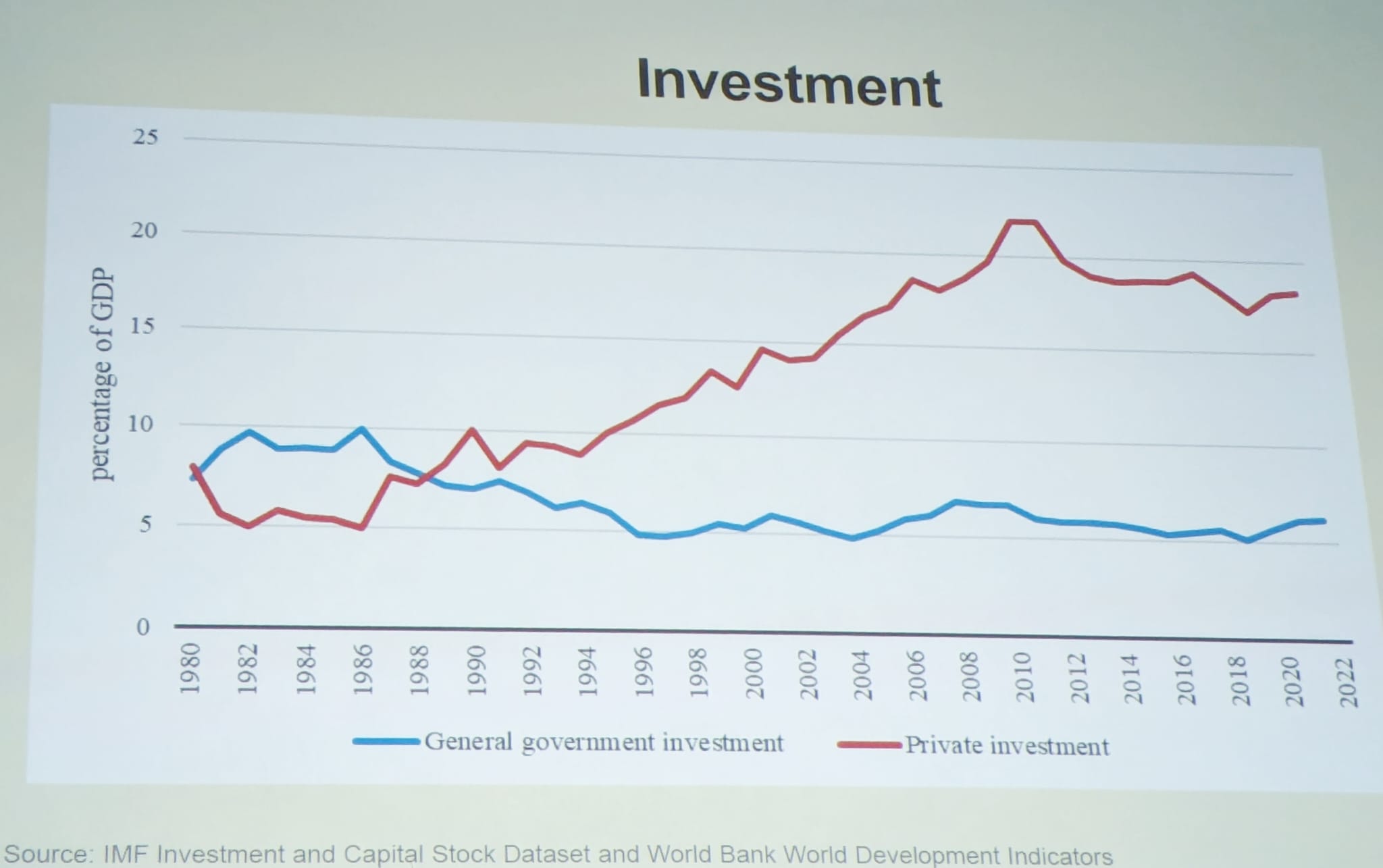
- “China + 1” globalization strategy is probably helping Vietnam more than it is India. India has 4 big weaknesses (report):
- Starting a business (legally)
- Acquisition of property
- Enforcing contracts
- Complicated tax regime
- When Punjab prices water (and electricity) at zero, exports of rice from Punjab to UP are essentially exports of water and Punjab’s state subsidies.
Public Sector Innovation
- Iqbal Dhaliwal, Global Director, MIT J – Poverty Action Lab
- Hemang Jani, Senior Advisor to South Asia Director, World Bank
- Prateek Kanwal, Director, Deloitte
- Jan Dhan – Aadhar – Mobile (JAM), digital vaccine cards, DigiLocker etc lead the world in public sector innovation.
- I carry my Real ID and MA driving license on this sleeve behind my phone but my Aadhar ID, PAN card, graduation certificates are on an app in my phone.
- India’s women force labor participation is lesser than Saudi Arabia’s.
- Invention 🡪 Innovation 🡪 Diffusion
Public sector innovations often fail at diffusion. - Well done innovation like instant payments with Jan Dhan itself increased enrollment, and mostly from the lowest income levels.
- Applications of AI in public sector:
- Identifying right beneficiaries for specific programs
- Reduce work of front-line workers (automation of tasks)
- Increase effectiveness of jobs (like teaching)
- Monitoring and providing timely benefits (like stimulus when someone has an abnormal drop in income)
- Innovation Policy –
- The last update was the “Science, Technology and Innovation Policy” (STIP) in 2013, over a decade ago.
- STIP 2020’s draft was released for review but has not been finalized yet.
- NRF supports innovation in basic sciences.
- Public sector innovation is about incentives and public psychology more than it is about technology.
- Bhashini: Government launched AI-driven language translation system that enables conversations between speakers of different Indian languages
Friends with Benefits: The India-US Story
Seema Sirohi, Columnist on India-US Relations
- The India-US Story:
- The US-India relations are at the peak of what they have ever been.
- The reason for them not starting strong is India’s refusal to sign the Nuclear Proliferation Treaty. Ultimately India conducted the Pokhran (nuclear) tests which enraged US officials. US imposed sanctions against India, the first time they did it against a democratic country.
- George Bush changed things when he pivoted US policy away from China and later pushed Pakistan to retreat in the Kargil War. Soon after, post 9-11, US’ foreign policy took a turn.
- The biggest paradigm shift was the successful 2008 Nuclear Deal with Manmohan Singh. This deal saw incredible resistance on both sides.
- Obama made limited progress, some defense partnerships.
- Trump’s tenure was good for India overall. Practically hands-off while bureaucrats drove progress. Major development was the deal to sell India armed (predator) drones.
- Biden has kept Trump’s progress chugging along.
- Whatever the result of this year’s US election, the relationship is expected to continue at a similar pace, especially since the biggest unifying factor is China, and US’ desire to balance power in Asia.
- India (Jaishankar) has expressed its preference for a multi-polar world. Friends with US btu at the same time buys fighter jets from France and oil from Russia. India has a strong headed foreign policy. ‘Non-west but not anti-west’. 70% of India’ installed military base is Russian.
- Recommended book: The Blood Telegram
Digital Public Infrastructure
- Sujith Nair, Founder, Beckn Foundation and ONDC
- Vyjayanti Desai, Digital Development Practice Manager for South Asia, World Bank
- Today’s digital model has been closed platforms (like PayTM) that offer value exchange over open platforms (internet).
- Beckn aims to build social transparency i.e. if you provide transparency of the nodes on a network, those actors will self-regulate themselves.
- When building for population scale, only the necessary functionality gets built and the layers also are minimal.
Funding in Education
- Ramesh Srinivasan, Sr. Partner and member of Global Social Responsibility Council, McKinsey + Board Member, Akanksha Foundation
- Dr. Urvashi Sahni, Founder, Study Hall Educational Foundation
- Prof Fernando Reimers, Director, Global Education Innovation Initiative, Harvard Graduate School of Education
- Teach for India fellows and alumni touch 1 in 10 students (indirectly) in India.
- CSR does not work as well as you’d imagine since most companies are only doing it to meet compliance. They come in and have us make strategic changes, and then a few years later leave for other opportunities.
- There are 33,000 education NGOs in India which is far too fragmented (and reflects failure of the state in solving the problem).
- There needs to be a lot more complementary alliances of these organizations.
- Government is the only long-term funder and needs to take a leadership role for these organizations. What is needed is Political Will + Executive Skill.
- Right to Education (RTE) mandates 25% of seats in private schools be reserved for economically weaker sections (EWS). What is it were the other way around i.e. 25% of seats in government schools has middle-class students. The parents of those students would have held teachers accountable, raising those schools more than what board policy can.
- There’s a massive difference in student:teacher rations in India. It can be 1:16 in a good private school and 1:200 in a bad private one.
- Unfortunately, the discussion on education in India revolves around Accessibility, Affordability, and Availability. What gets lost (and can be explained by Maslow’s hierarchy of needs) is quality.
- “From each according to their ability, and to each according to their needs” – We charge higher from students from higher income families and use that to subsidize those that cannot afford education.
- Building citizenship is very important to our education mission. 40% of Akanksha grads contribute time or money to social impact in the first 2 years of their graduation. Study Hall teaches equality by addressing feminism and caste mentality at the early school level.
Returning to India
- Rehan Khan, Managing Director, MSD India
- Sneha Biswas, Founder, Early Steps Academy
- Shiv Parekh, Founder, hBits
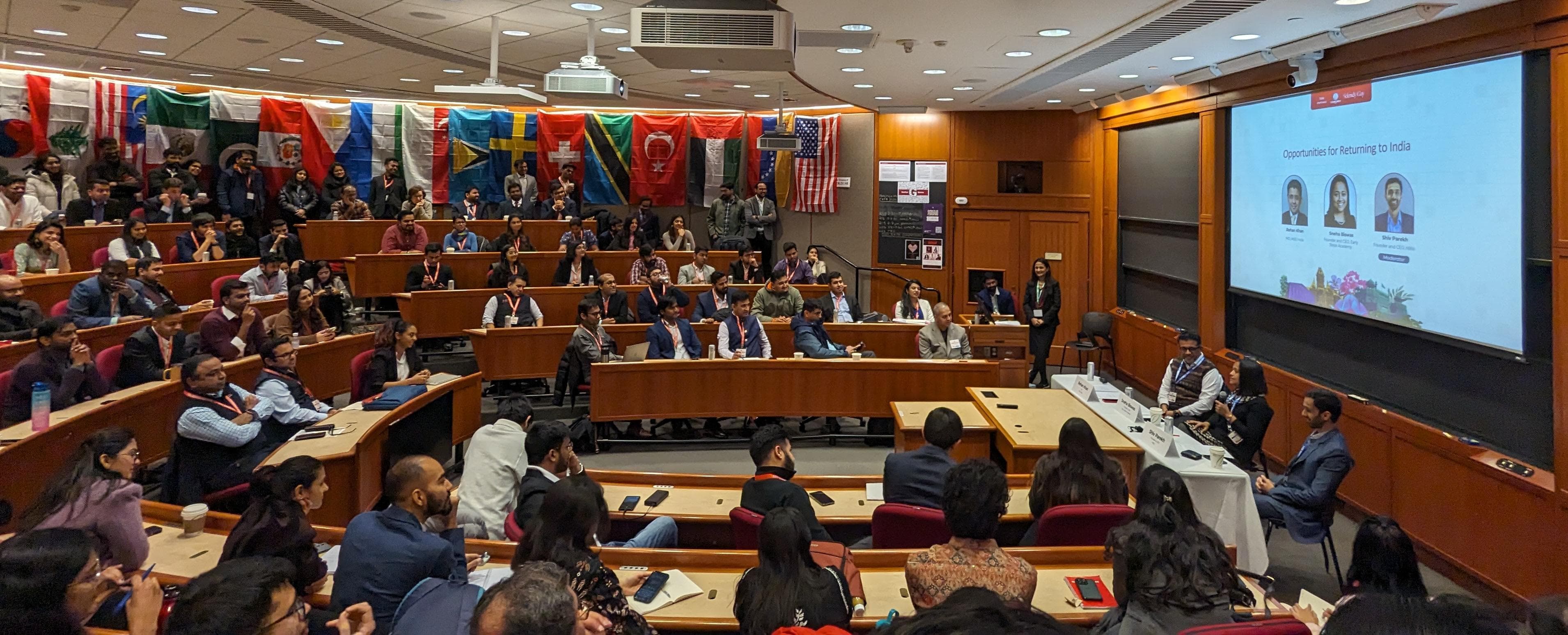
- India offers good opportunities for career growth and progression compared to the US, especially in sectors like consulting, consumer goods, telecoms, private equity.
- Can build your own network in India; if you are helpful to others, they will help you back. Undergraduate alumni networks also strong.
- Corporate culture more flexible than the US, depends more on your leader. Closer family bonds.
- Infrastructure and facilities have improved significantly in cities over past decade. Should not be a blocking factor.
- Quality of life depends more on the individual. There are tradeoffs versus developed countries but more opportunities.
- Don’t worry too much about finances in the short-term. Loans can be paid back over longer term too.
- (if older) consider a trial period first before fully moving. Don’t take a one way door.
- If you want to reach senior corporate roles like CEO of a multinational, better chances by spending a few years in India first (because the market experience is very valuable), but move to another country in under five years to be considered a global employee.
- Starting a Company
- Connect to the local ecosystem - lots of helpful people and advice available in major cities. Regulation and paperwork can seem more complex than the US but very manageable.
- Success depends more on your offering and value add, not specifically on having pre-existing networks. Build your own network by being helpful to others.
Venture Capital in India
- Anand Chandrasekaran, Partner, General Catalyst
- Melissa Frakman, Founding Partner, Emphasis Ventures
- Evolution of India’s VC landscape:
- Mega funds of the past have now given way to niche, sector-specific ones.
- A multi-stage investor market has emerged.
- (one of the) most searched keywords on shaadi.com in 2021 was ‘entrepreneur’.
- Founders want a variety of experiences on their cap table.
- Founders have started pitching in Hindi :)
- EMVC builds currency risk into country risk and does not separately hedge FX. However, they are bullish about the rupee in the long run.
- Almost any FinTech development in India is building over DPI (digital public infrastructure) or atleast closely aligned to it.
- Due-diligence parameters:
- Fast moving growth
- Due diligence of early customers/users
- Need to resist the temptation for us to let a startup with a great idea convince us that the startup is good.
- We sometimes track or invest in (ideas that we would have otherwise skipped) young talent (like Thiel fellows) that might not have traditional credentials but are building deep expertise.
- We believe companies in defense, semiconductors, and climate tech have global resilience.
- If you are doing a cold reach out to a founder, try to offer your services to them. Consider attaching a competitive analysis, TAM model to your mail.
- The next Satya, Sundar, and Shantanu are not moving to the US, they are in a small town in India.
Breakfast with Postman
- Ankit Sobti, Co-founder & CTO, Postman
- Postman began as a side project in 2011 by Abhijit Kane to help API developers collaborate and test APIs. It started gaining significant users (250k in a year, 500k later). Abhijit’s co-founder then decided to pursue Postman seriously as a company.
- They incorporated in 2014 and took VC funding, attracted by Postman’s large userbase. Postman evolved to have a subscription-based business model focused on aiding developer collaboration and productivity.
- Today Postman has over 30 million users across 500,000+ companies including most Fortune 500 firms. It has become a cross-industry platform powering API ecosystems. Postman is Abhijit’s first startup - he previously worked at Yahoo where he saw firsthand the API collaboration challenges developers faced.
- Key milestones:
- 2014: Incorporated, took VC funding
- Grew userbase rapidly based on word-of-mouth without marketing
- Continued bootstrapping and focused on product-market fit before hiring senior executives
- Evolved towards a subscription model and enterprise sales motion over time
- Today over 30M users globally, 500K+ companies with significant network effects
- Abhijit attributes Postman’s success to:
- Solving a real, widespread developer need
- Simplicity and accessibility of the product
- Not over-hiring early, growing responsibilities internally
- Being flexible and identifying new opportunities in different industries
- He’s very bullish on staying independent and the opportunity ahead to enable API collaboration across companies and developers globally.
- I should have stepped away from development responsibilities much earlier than I did. Investors also look to make sure that the founders are building teams to take on their erstwhile roles as their company grows.
Disrupting India’s Consumer Market
- Azhar Iqubal, Founder and CEO, InShorts
- Ramakant Sharma, Co-Founder and COO, Livspace
- Ananth Narayanan, CEO Mensa Brands, ex-CEO Myntra, ex-MD at McKinsey
- I believe in community driven commerce but not content driven commerce ~ Ananth
- Growth of popularity of vernacular languages is a trend that marketers need to get on top off
Return on Advertising Spend (ROAS) is higher on regional languages in India than it is for English - Brick and Mortar is not going anywhere. 8% of people in India shop online. That number is 16% for China and 25% for US.
- However over ~50% of people begin discovery online, so digital presence is very important for that even if not for the direct sale.
- Quick Commerce is a big change in distribution that has emerged in recent years. We have already seen a major shift from Amazon to Q-commerce for some of our brands.
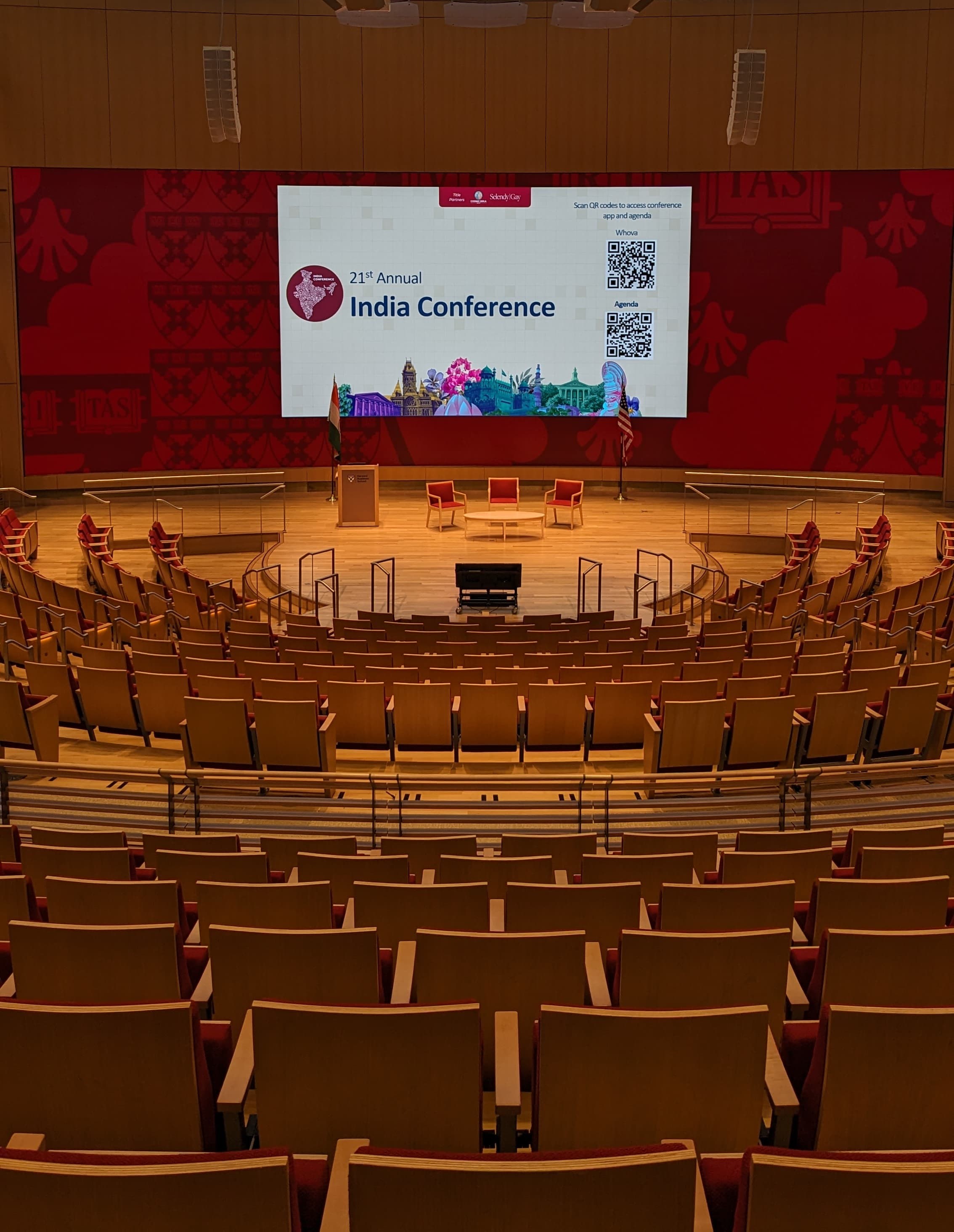
Published: 18 February 2024